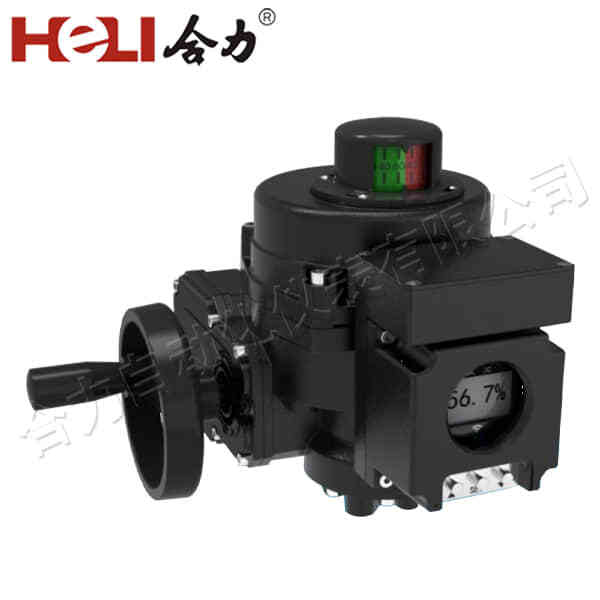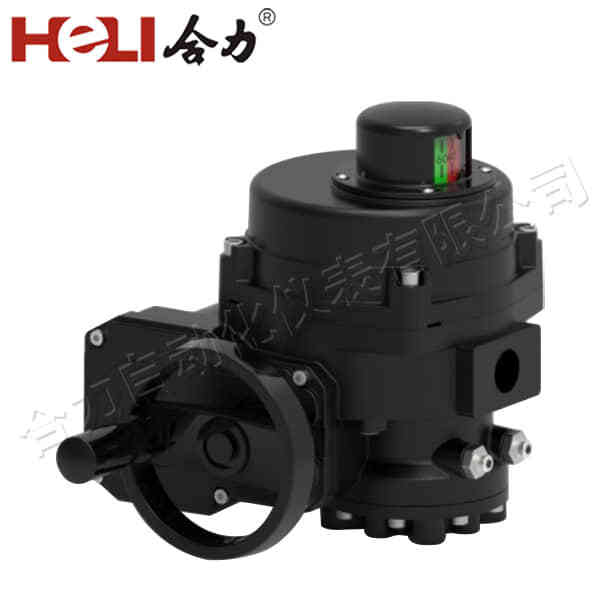Electric actuator valves are essential components in modern automation systems, providing efficient and reliable control over the flow of fluids or gases in various industrial applications. These valves combine the functionality of an electric actuator with a valve mechanism, allowing precise control, remote operation, and enhanced performance. This article explores the benefits, working principles, applications, and types of electric actuator valves, offering insights into how they contribute to industries such as oil and gas, water treatment, manufacturing, and HVAC systems.

What is an Electric Actuator Valve?

An electric actuator valve is a device that uses an electric motor to control the opening or closing of a valve. The actuator is powered by electricity, enabling it to perform automatic or remote control of the valve’s position. The valve itself controls the flow of liquids, gases, or slurry within a pipeline or process system. By combining these two components, electric actuator valves allow for automated control of fluid flow, eliminating the need for manual intervention. Electric actuators are typically preferred over pneumatic or hydraulic actuators in systems where precise control, minimal maintenance, and energy efficiency are priorities. Electric actuators offer the advantage of precise positioning and easy integration with control systems, such as programmable logic controllers (PLCs), supervisory control and data acquisition (SCADA) systems, and other process control platforms.

Leave a Reply